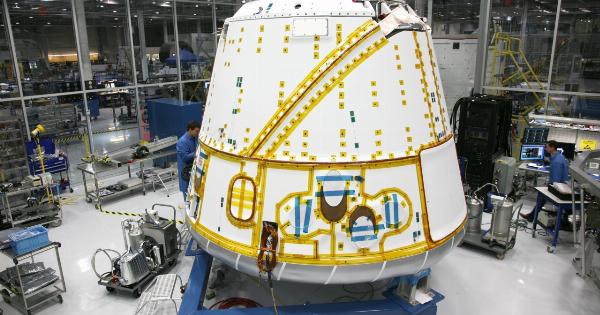Choosing the gender of your child has always been a topic of interest for many couples. While there are no guaranteed methods for gender selection, recent advancements in technology have made it easier than ever before.
What is Gender Selection?
Gender selection is a process where couples can choose the sex of their child before conception.
It is done through various methods, including natural methods, like timing intercourse according to ovulation, and artificial methods, like preimplantation genetic diagnosis (PGD) or sperm sorting.
Traditional Gender Selection Techniques
Traditionally, gender selection techniques include natural methods like timing intercourse according to ovulation, which is known as the Shettles method.
This method involves having intercourse closer to ovulation if you want to conceive a boy and further from ovulation if you want to conceive a girl.
Another method is the Ericsson method, which is artificial. This method involves sorting sperm by their weight, where lighter sperm are meant to carry the female chromosome and heavier sperm the male chromosome.
The desired sperm is then used to fertilize the egg.
New Breakthrough Gender Selection Techniques
New breakthrough techniques offer couples more options when it comes to selecting their baby’s gender. One of these methods is called microfluidic sperm sorting.
Microfluidic sperm sorting is a cutting-edge technology that separates sperm based on their physical characteristics, such as size and shape.
The technique uses a microchannel chip that separates the sperm into two groups, one containing the larger, faster-swimming sperm (male), and the other containing the smaller, slower-swimming sperm (female).
Another technique gaining popularity is called preimplantation genetic testing for monogenic disorders (PGT-M). This technique involves selecting embryos based on their genetic makeup, which includes determining their sex.
The Benefits of Microfluidic Sperm Sorting
Microfluidic sperm sorting is a non-invasive and highly accurate method of gender selection. This technique has a high success rate, with couples having a 90% chance of selecting the gender of their choice.
Unlike other techniques like PGD, which are invasive and can carry risks, microfluidic sperm sorting is non-invasive and does not pose any risks to the embryo or the mother.
The Future of Gender Selection Technology
As technology continues to advance, the future of gender selection is looking promising. New methods are being developed, including gene editing, which could allow parents to select their child’s gender based on their genetic makeup.
While gene editing raises ethical concerns, it offers unlimited potential for parents looking to conceive a child of a particular gender.
Conclusion
Gender selection is a topic that has intrigued couples for decades. While traditional methods have been around for a long time, recent technological advancements have made gender selection easier and more accurate than ever before.
Microfluidic sperm sorting offers couples a non-invasive and highly accurate method of gender selection, with a 90% success rate. With the future of gender selection technology looking bright, the possibilities are endless for couples looking to conceive a child of a particular gender.



























